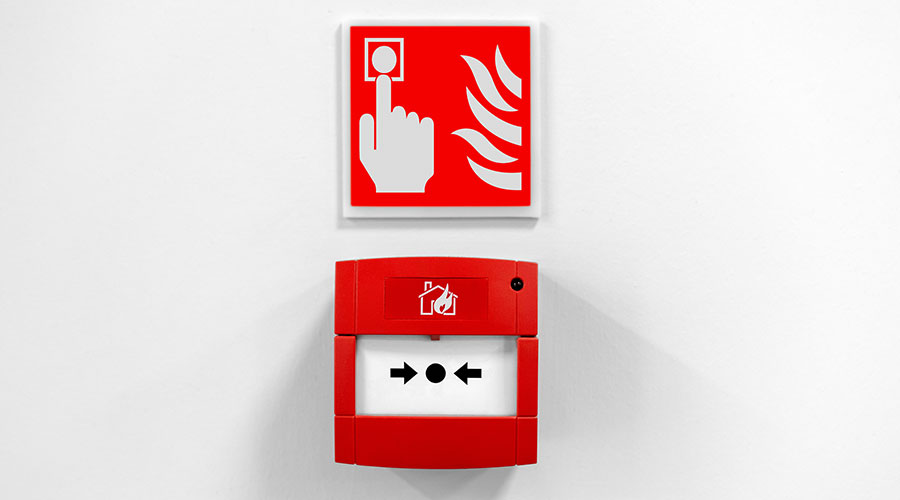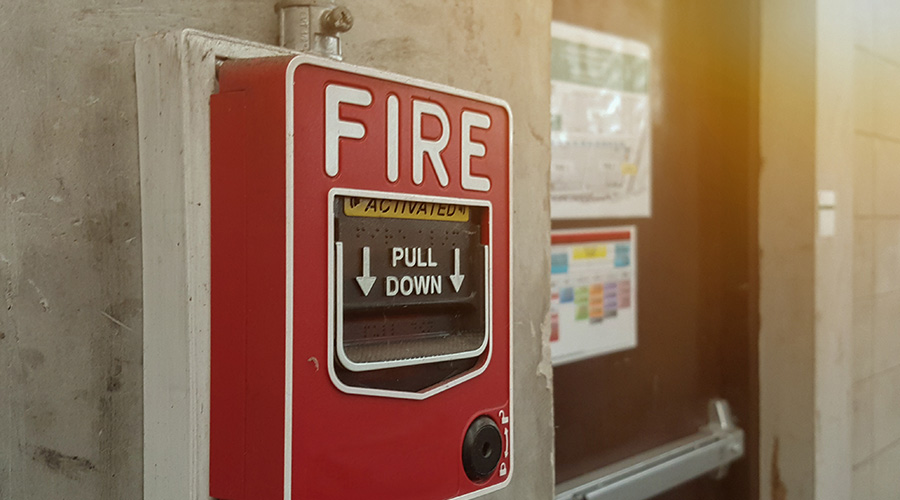NFPA 72 Requirements For Mass Notification
If you plan on using a system for fire alarm communication, as well as other emergencies, the requirements in NFPA 72 for fire alarm systems would apply as well as NFPA 72 requirements for emergency communications systems. Chapter 10 (Fundamentals) applies to all fire alarm and emergency communication systems and sets out the basic requirements for installation and design, power supplies and capacity, signal types and priority, and annunciation and zoning. In general, if a system is designed to provide both fire and emergency communications, the fire alarm requirements are more restrictive. Existing fire alarm systems with voice capability can typically also be utilized for other emergency communications. By contrast, existing mass notification systems cannot typically also be used for fire unless they were originally designed for that purpose.
Chapter 24 of NFPA 72 provides the requirements applicable to emergency communications systems. Once the application of NFPA 72 expanded beyond dealing with fire events, it was recognized that there are many types of emergency events that a system can be designed to address and different system features may be required to effectively deal with those specific events. Occupants need to be given different instructions for a fire emergency versus an emergency requiring shelter-in-place actions. For this reason, a key requirement for mass notification systems is that each application of a mass notification system be specific to the nature and anticipated risk of the specific facility being protected. NFPA 72 requires that a risk analysis be performed that addresses fire and non-fire events, the nature of the hazards, occupancy characteristics, and facility characteristics. Non-fire events that may be considered include:
- Security issues (secure perimeter breach, armed individuals, active shooter)
- Public disturbance (demonstrations, riot)
- Health or environmental hazards (toxic chemical release)
- Weather events (tornado, flood, etc.)
- Terrorism threats
Other risk analysis considerations that should be considered include:
- The number of people that need to be notified for the various events
- Characteristics of the occupants (trained employees versus transient public)
- Management/staff capabilities
- Extent of notification (there may be different first responders for different events)
Related Topics:














